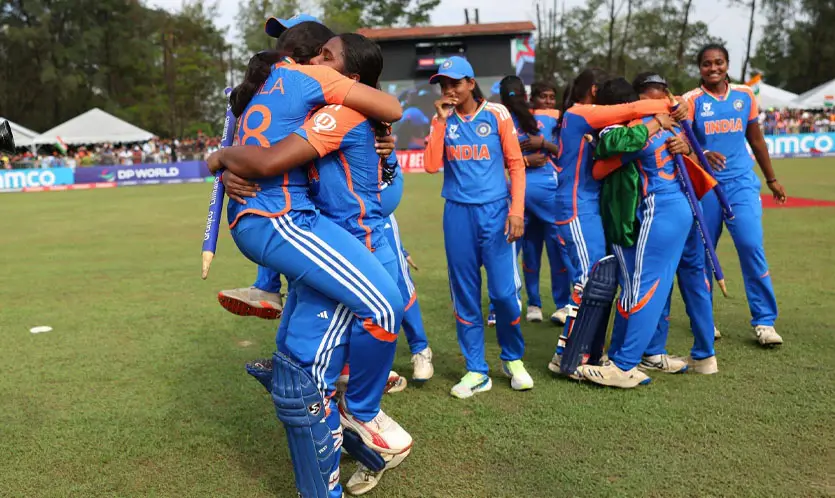ICC Women’s Tournaments to Secure Independent Sponsors from 2025: A Game-Changer for Equality
In a landmark move to elevate women’s cricket, the International Cricket Council (ICC) has announced that its women’s events will have dedicated sponsors separate from men’s tournaments starting in 2025. This strategic shift, beginning with the 2025 ODI World Cup and extending to the 2026 T20 World Cup and 2027 Champions Trophy, marks a pivotal step in recognizing women’s cricket as a distinct, high-value product. Partnering with global giant Unilever, the ICC aims to unlock unprecedented commercial and cultural opportunities for the women’s game.
Why This Move Matters: From “Add-On” to Center Stage
For decades, women’s cricket sponsorships were bundled with men’s events, often treated as secondary offerings. The ICC’s decision to decouple reflects a broader acknowledgment of the women’s game’s rising commercial viability.
Key Quotes from ICC Chief Commercial Officer Anurag Dahiya:
“This isn’t about subsidizing women’s cricket anymore—it’s about genuine investment. Advertisers now see standalone value in women’s tournaments, driven by revenue potential and audience growth.”
The Unilever Partnership:
- Unilever’s “Positive Beauty” campaign aligns with the ICC’s push for diversity, inclusivity, and authentic representation.
- Focus on celebrating athletes as high-performers, regardless of background, body type, or personal narrative.
By the Numbers: Women’s Cricket’s Meteoric Rise
- Record Crowds:
- 86,174 fans at the 2020 T20 World Cup final (MCG), the largest live audience for a women’s sports event.
- Sold-out finals in 2023 (Newlands) and 2024 (India-Pakistan drew 15,935 fans).
- Viewership Surge:
- 2023 T20 World Cup viewership spiked 790% compared to 2020.
- Digital engagement up 300% since 2019.
- Expanded Competitions:
- 2026 T20 World Cup: Expands to 12 teams (from 10).
- 2027 Champions Trophy: Debuts as a women’s event, ensuring an ICC tournament every year.
Beyond the Boundary: How Audiences Are Evolving
Women’s cricket is attracting two key demographics:
- Existing Cricket Fans: 70% of men’s cricket viewers now follow women’s matches (ICC data).
- New Audiences:
- Young women and families in markets like the UK, where women’s sports are marketed as inclusive, family-friendly entertainment.
- Diverse Representation: Unilever’s campaigns resonate with Gen Z’s demand for authenticity and inclusivity.
Dahiya’s Insight:
“We’re fortunate—our core men’s audience is equally passionate about women’s cricket. But we’re also breaking new ground with fans who’ve never watched cricket before.”
Future-Proofing the Game: Expansion & Innovation
- New Events: Introduction of the U19 Women’s T20 World Cup and Women’s Champions Trophy.
- Grassroots Impact: More teams and tournaments create pathways for emerging talent (e.g., Thailand, UAE).
- Tech & Broadcast: Enhanced production quality and immersive digital experiences to retain younger audiences.
Challenges Ahead
While the sponsorship split is transformative, hurdles remain:
- Revenue Parity: Bridging the gap with men’s cricket earnings.
- Global Balance: Ensuring emerging nations (e.g., PNG, Nepal) benefit from expanded tournaments.
Final Take:
The ICC’s sponsorship decoupling is more than a commercial shift—it’s a cultural statement. By treating women’s cricket as a standalone powerhouse, the sport is poised to inspire generations and redefine gender equity in athletics.
What’s Your View? Can standalone sponsorships close the gap between men’s and women’s cricket? Join the conversation below! 🌍🏏
- “ICC women’s tournaments 2025 sponsors”
- “Unilever women’s cricket partnership”
- “2025 Women’s ODI World Cup”
- “Women’s Champions Trophy 2027”
- “Growth of women’s cricket viewership”



